INSTRUCTOR: James J. Willis, PhD
DISCIPLINE: Geoscience
COURSE LENGTH (DAYS): 5 Days
CEUS: 4.0
AVAILABILITY: Public & In-House
Check back in periodically for updated Public and Live Online course dates! To schedule an In-House course, contact SCA’s Training Department at training@scacompanies.com.
WHO SHOULD ATTEND: Geologists, geophysicists, exploration/production managers, and reservoir engineers.
COURSE DESCRIPTION: During the exploration and development stages, understanding the subsurface geometry, incorporating both structural and stratigraphic frameworks, and properly characterizing the reservoir are essential to understanding the 4D development of the petroleum system. Seismic and well log datasets represent the cornerstone of information extraction in oil and gas exploration/development, and it is critical that these datasets are properly integrated. Critical reservoir components can be further constrained through integration of core (whole or sidewall), cuttings, and formation test data (LWD, wireline, pressure transient).
The course focuses on the fundamental principles and methodologies of accurately extracting critical data and information transfer. It is practically based, including integrating multiple datasets, quick-look and advanced techniques for critically analyzing/reviewing key calculations and maps (utilizing participants’ data as appropriate), and benefits/drawbacks of modern computing. When properly used, datasets can help constrain an interpretation, from exploratory subsurface mapping to reservoir characterization.
Numerous exercises supplement primary lectures providing extensive, interactive, hands-on experience.
PLEASE NOTE: PARTICIPANTS ARE REQUIRED TO BRING THEIR OWN LAPTOP TO THIS COURSE.
LEARNING OUTCOMES:
- Fundamentals of key data sets; including well log, core and cuttings, seismic, and formation fluid test data.
- Techniques of data integration; including depth synchronization, upscaling/downscaling
- Pitfalls of individual data sets, and how inclusion of other datasets can help constrain uncertainty.
COURSE CONTENT:
General review of and integration of various data types (well and seismic, and other data types)
- The “need” for sound subsurface mapping and reservoir characterization.
- Case examples of integrated subsurface studies.
Well log analysis, including log types, correlation of well logs, and extraction of relevant subsurface and reservoir data
- Brief review of key log types, including gamma ray, spontaneous potential, resistivity, porosity logs, and others.
- Azimuthal (image) logs – wireline (FMI-type and ultrasonic) and LWD (e.g., gamma ray, density, caliper, resistivity.); true dip, apparent dip, and relative dip; and structural and stratigraphic aspects.
- Log correlation – Lithostratigraphic and chronostratigraphic correlation; correcting for dip and/or deviation effects; and structural and stratigraphic applications.
- Data extraction – Depth, thickness (measured versus vertical versus perpendicular), net versus gross sand/carbonate, pay thickness
- Reservoir characterization – Shale volume, porosity, water saturation, permeability
Cuttings Analysis
- Drilling mud – Types of mud, mud chemistry and additives (and affects on various data types, including log analysis), volume control, tracers and lag time, and borehole fluid circulation and pressure.
- Flowline gas detection and analysis – Historical and modern components and techniques of flowline gas analysis, background gas, trip/connection gas, and formation gas, and chemical analysis for hydrocarbon typing and reservoir characterization.
- Cuttings sampling and analysis – Sampling techniques and protocols, including sample catching, handling, and curing, cuttings types and where they came from, e.g., bit-derived cuttings versus washout/breakout cavings, ineralogical and lithological tests, cuttings testing for hydrocarbons, including fluorescence, direct hydrocarbon sampling, total organic carbon, and clay maturity/compaction for geopressure analysis.
- Micropaleontology and nannopaleontology – Extraction of micro- and nannofossils from mud cuttings, major types, including foraminifera, conodonts, and biostratigraphic analysis.
- Real-time formation evaluation – lithologic typing and stratigraphic determination, and biosteering and chemosteering operations as an additional constraint or even alternative to log-based steering operations.
- Integrated geopressure/geomechanical analysis – Drilling parameters and integration with mud log data, pore pressure prediction, from pre-drill to while drilling to post-drill analysis, and drilling optimization.
Core Analysis
- Core acquisition, including bit and barrel types, whole rock versus conventional, “coring while logging” (retrievable centralized bit), handling techniques, including mud doping, on-rig measurements, and laboratory measurements.
- Standard core analysis – Porosity, permeability, lithologic, and fluid saturation determinations.
- Petrographic and mineralogic Investigation – Petrographic (thin-section) analysis, X-ray and UV fluorescence, X-ray diffraction, scanning electron microscopy, including x-ray dispersion, and cathodoluminescence.
- Multi-sensor core logging – Core logging techniques (gamma density, resistivity, gamma ray, magnetic susceptibility) and integration to standard (e.g., wireline or LWD) logs.
- Special core analysis (SCAL) techniques – Capillary pressures, wettability, fluid distribution, relative permeability, rock mechanics techniques, including stress/strain relations, core expansion and stress/strain anisotropy, failure tests, and fluid sampling techniques, including testing for mud contamination
Seismic analysis, including 3D, time-lapse, and attribute analysis
- Brief review of principles of reflection seismology – Elastic properties, wave theory and propagation, acquisition, processing
- 2D versus 3D (and 4D time-lapse) interpretation/mapping concepts – General aspects, slicing techniques (vertical, time/depth, horizon, stratal, phase), phase variations, manual vs. automated (horizon and fault mapping), surface vs. volumetric interpretation
- Attribute analysis and AVO – Enhanced structural and stratigraphic mapping, seismic petrophysics, and hydrocarbon indicators and mapping.
Formation testing
- Drill stem testing – reservoir-scale fluid pressure and mobility, fluid return, and flow dynamics.
- Wireline and LWD formation testing – local-scale fluid extraction, downhole chemical analysis, sample return, mobility, and flow dynamics.
- Pressure transient analysis – reservoir communication or compartmentalization, production profiles
Dataset synchronization
- Data conditioning, including upscaling/downscaling.
- Log/core/cuttings synchronization – lag determination (well logs and cuttings), logging the cuttings and core for tie to standard logs, orienting core through azimuthal logs
- Synthetic seismograms – Generation of synthetic seismograms, apparent dip correction to improve visual tie, and drawbacks, including wavelet type, phase variations
- Seismic inversion techniques – Post-stack versus pre-stack inversion techniques, deterministic versus stochastic inversion, wavelet estimation, and transfer from interface domain to layer domain (geophysics to geology).
Pitfalls and differences between datasets
- Resolution variations (lateral and vertical)
- Scaling variations (e.g., reservoir-scale drill stem test versus local-scale formation test versus laboratory-scale core test)
- Time to depth conversion (both seismic and well log data are acquired in time and must be converted to depth)
- Phase wandering on seismic data (pre-stack and post-stack domains) and issues with tie to well data
- Elastic properties, including velocity, vary with frequency (seismic, well log, and core ultrasonic data are acquired using different frequencies)
Course is designed from an applied standpoint, with numerous examples, case studies, and hands-on exercises from the petroleum industry.
